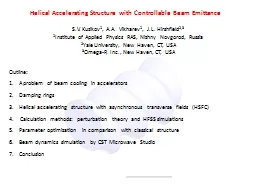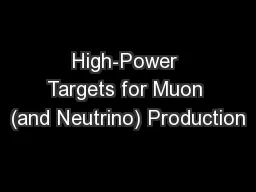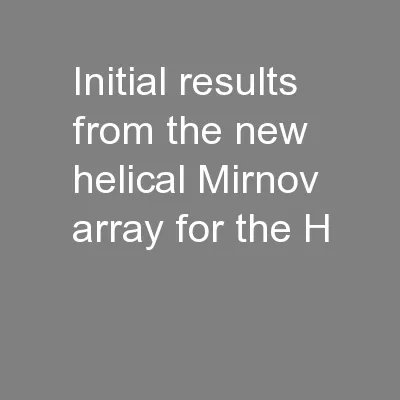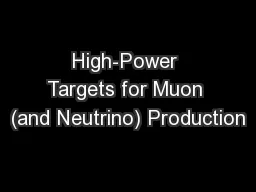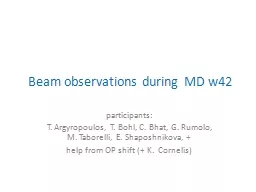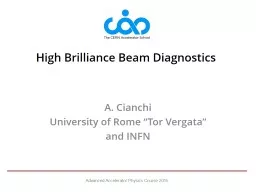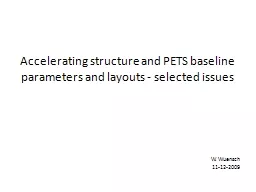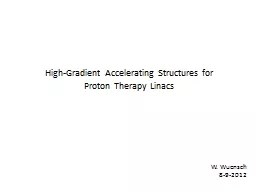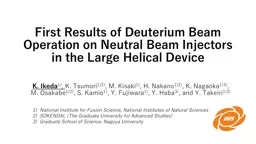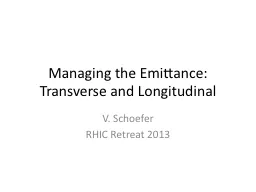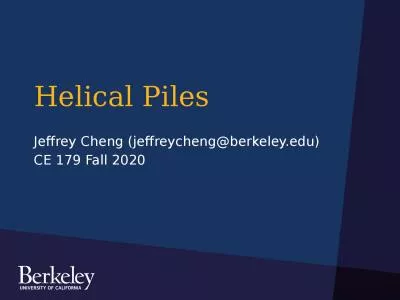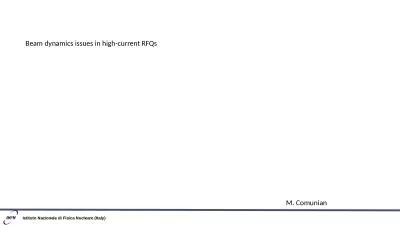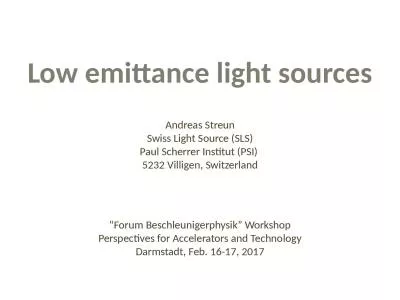PPT-Helical Accelerating Structure with Controllable Beam Emittance
Author : aquaticle | Published Date : 2020-06-15
SV Kuzikov 1 AA Vikharev 1 JL Hirshfield 23 1 Institute of Applied Physics RAS Nizhny Novgorod Russia 2 Yale University New Haven CT USA 3 OmegaP Inc New Haven
Presentation Embed Code
Download Presentation
Download Presentation The PPT/PDF document "Helical Accelerating Structure with Co..." is the property of its rightful owner. Permission is granted to download and print the materials on this website for personal, non-commercial use only, and to display it on your personal computer provided you do not modify the materials and that you retain all copyright notices contained in the materials. By downloading content from our website, you accept the terms of this agreement.
Helical Accelerating Structure with Controllable Beam Emittance: Transcript
Download Rules Of Document
"Helical Accelerating Structure with Controllable Beam Emittance"The content belongs to its owner. You may download and print it for personal use, without modification, and keep all copyright notices. By downloading, you agree to these terms.
Related Documents

